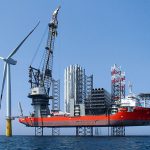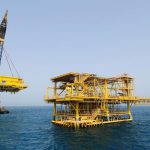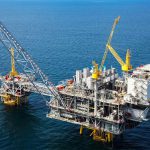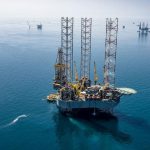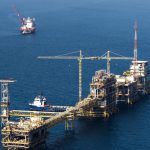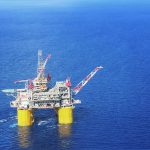MORE FAQ US
Frequently Asked Questions?
A legitimate professional commercial contractor should be willing to discuss the needs of a specific project upfront. In fact, most contractors welcome this. Doing so helps to ensure that the customer understands the needs of the job and gets a safe company at a competitive price.
The unique nature of an underwater project can make contracting difficult. If the scope and specification are well defined, fixed price can simplify the contract management process. Otherwise, a T&M contract with a not to exceed amount may make more sense. Many diving contractors are willing to work with customers to assist in developing the type of detailed scope of work necessary to issue an effective request for quote.
The customer should determine the inspection objectives before planning an underwater inspection. With clearly defined objectives in place, a qualified diving contractor can assist in developing an effective inspection plan. In fact, engaging the diving contractor during the planning process can help to ensure the success of the inspection. Project planning and execution is a collaborative effort. An experienced contractor can offer insights based on experience that lend a practical approach to the inspection effort.
Wet welding is a proven process. A knowledgeable diving contractor will develop a Welding Procedure Specification (WPS) and document underwater welder qualifications using a Procedure Qualification Record (PQR). The welding process is usually developed in accordance with American Society of Mechanical Engineers (ASME) or American Welding Society (AWS) codes. Underwater welding can be performed on both stainless and carbon steel. Underwater welding is often used to perform repairs or support new construction.
Our divers can work safely in chemically, biologically, or radiologically contaminated water as long and they wear the proper protective equipment. This generally consists of a dive helmet mated to a drysuit so that the diver is completely encapsulated and isolated from contact with the water. A positive pressure is maintained inside the suit and helmet to aid in preventing water intrusion. Following the dive, the diver must be carefully decontaminated prior to removing his equipment to prevent direct skin contamination.
Gama rays can easily penetrate most materials, but water is one of the most effective radiation shields. That’s why it is used to shield the radiation produced by nuclear fission. A diver can work in the spent fuel pool and even in the reactor vessel within ten feet of nuclear fuel rods without suffering any ill effects. A person that close to nuclear fuel in air would receive a fatal dose within a matter of minutes.

